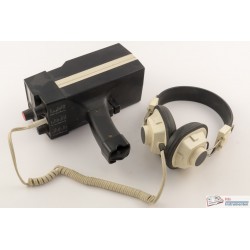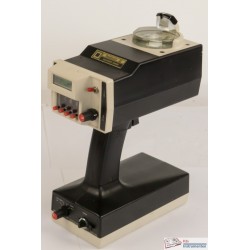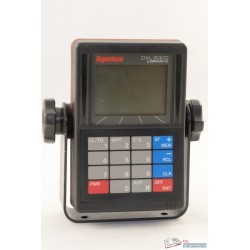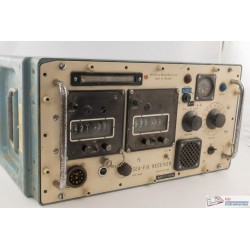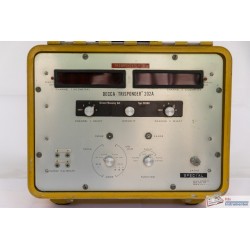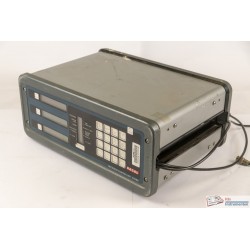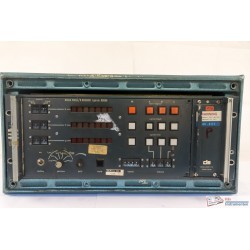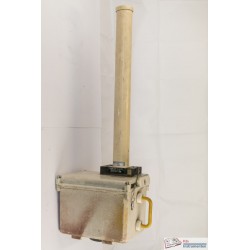Radio navigation
Radio navigation systems use terrestrial radio beacons. Systems can be direction, range-range or hyperbolic. In direction mode a receiver homes in on one or more beacons using the crossing between them as the position such as in a Radio Direction Finder (RDF). Range-range and hyperbolic systems use the same principle. i.e. the travel time between the signal as transmitted from a beacon untill reception. In passive mode a minimum of three stations are generally received. In active mode the tranmitter is on-board a vessel and two beacons are located on shore.
The difference between a range-range system and a hyperbolic system lies in the way the distances are processed. In range-range they are processed directly (as a distance) into the position solution whereas in hyperbolic mode the difference between two distances (a pair of stations, a master and a slave station) are computed. In hyperbolic mode a starting position must be supplied or a method of counting 'lanes' must be employed to discriminate between different locations with the same range difference.
Satellite Navigation systems are in a separate category but are essentially also range-range systems.

